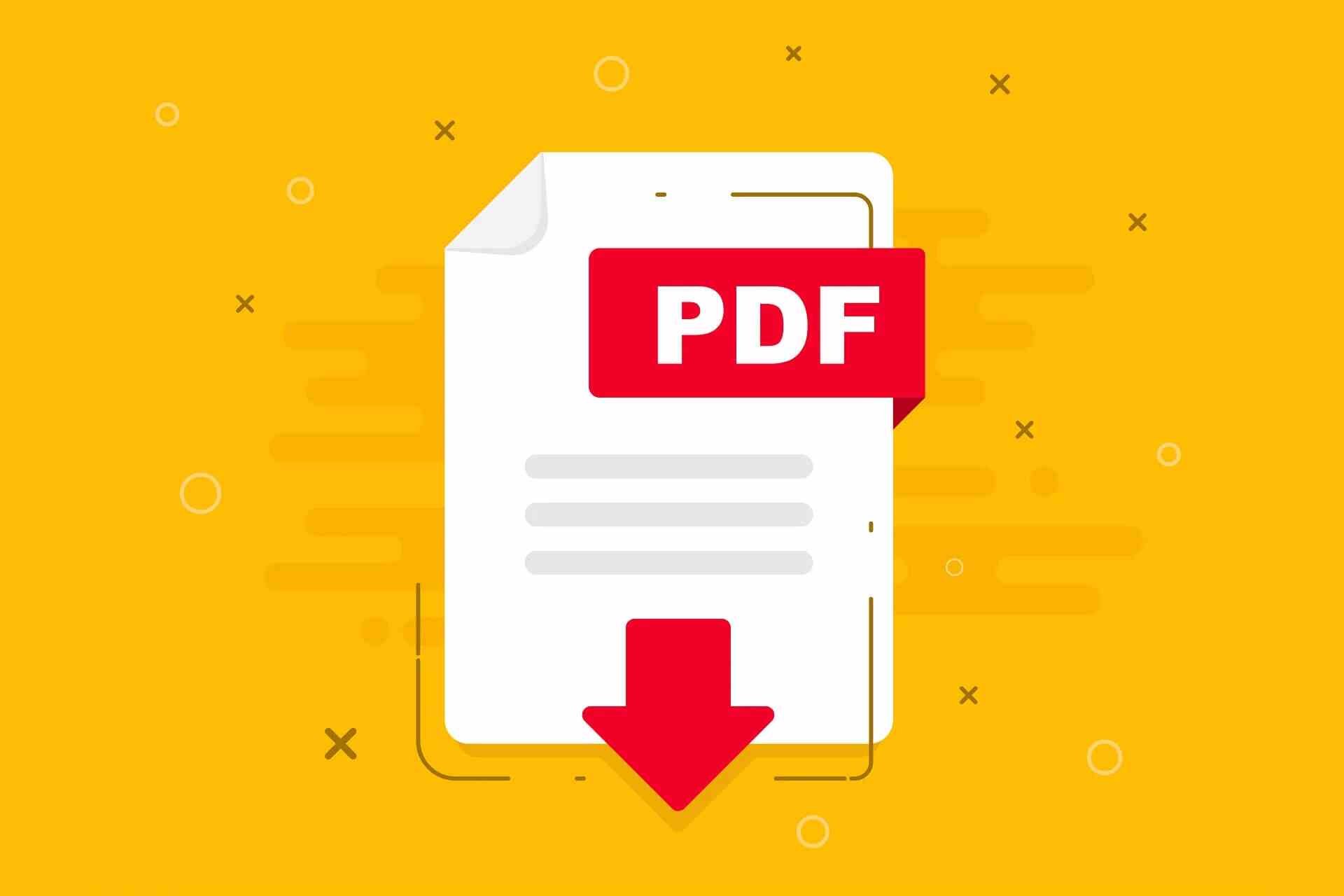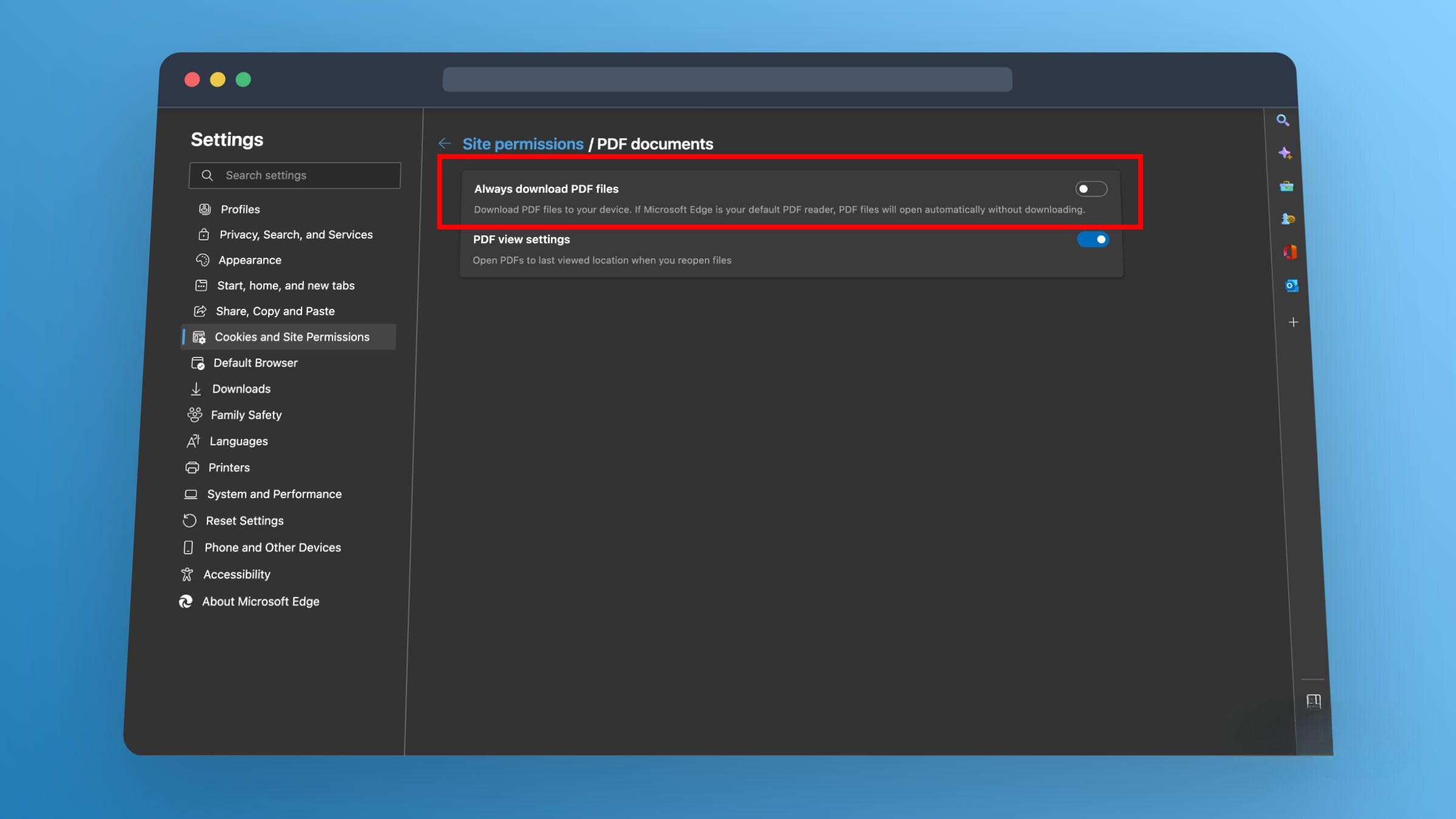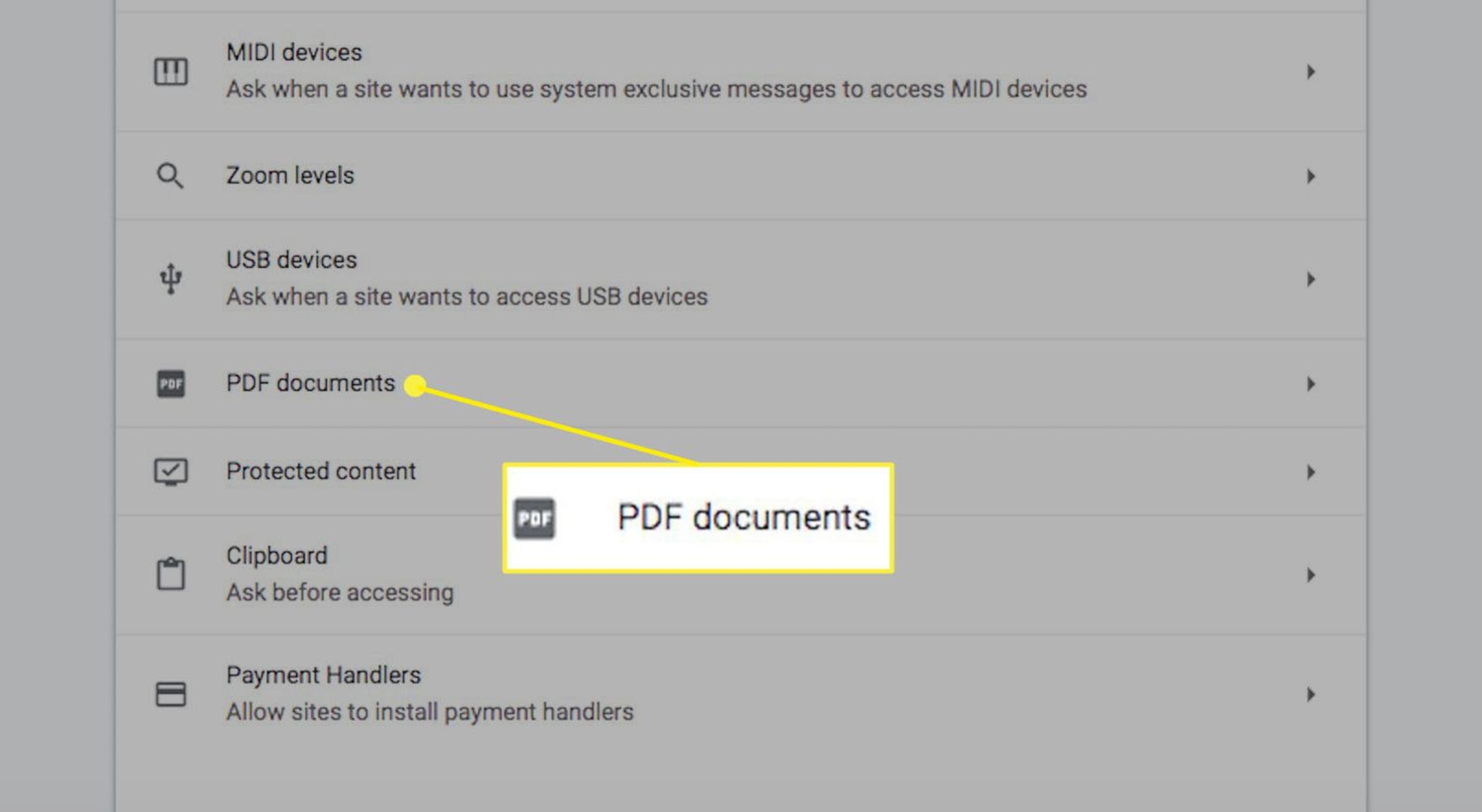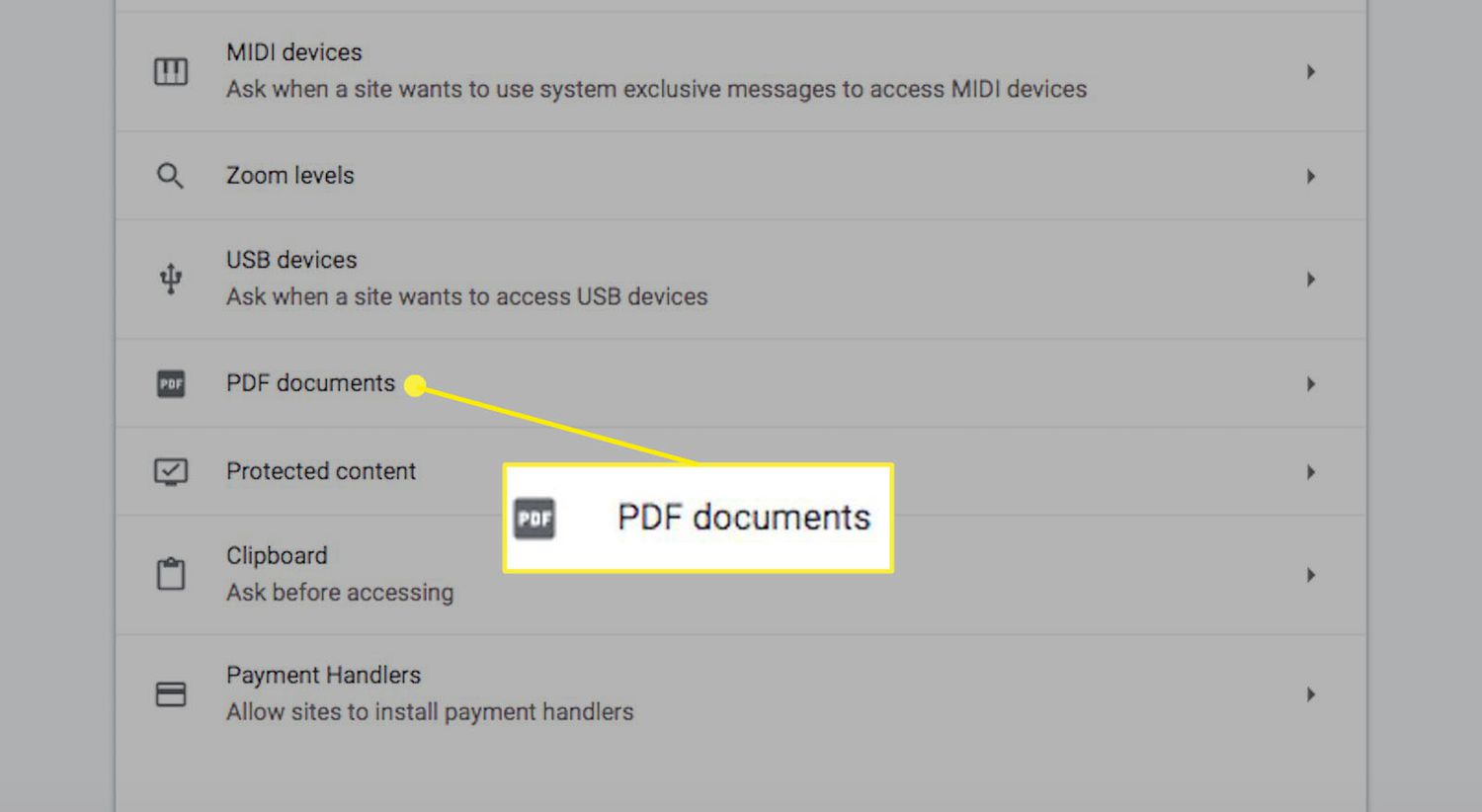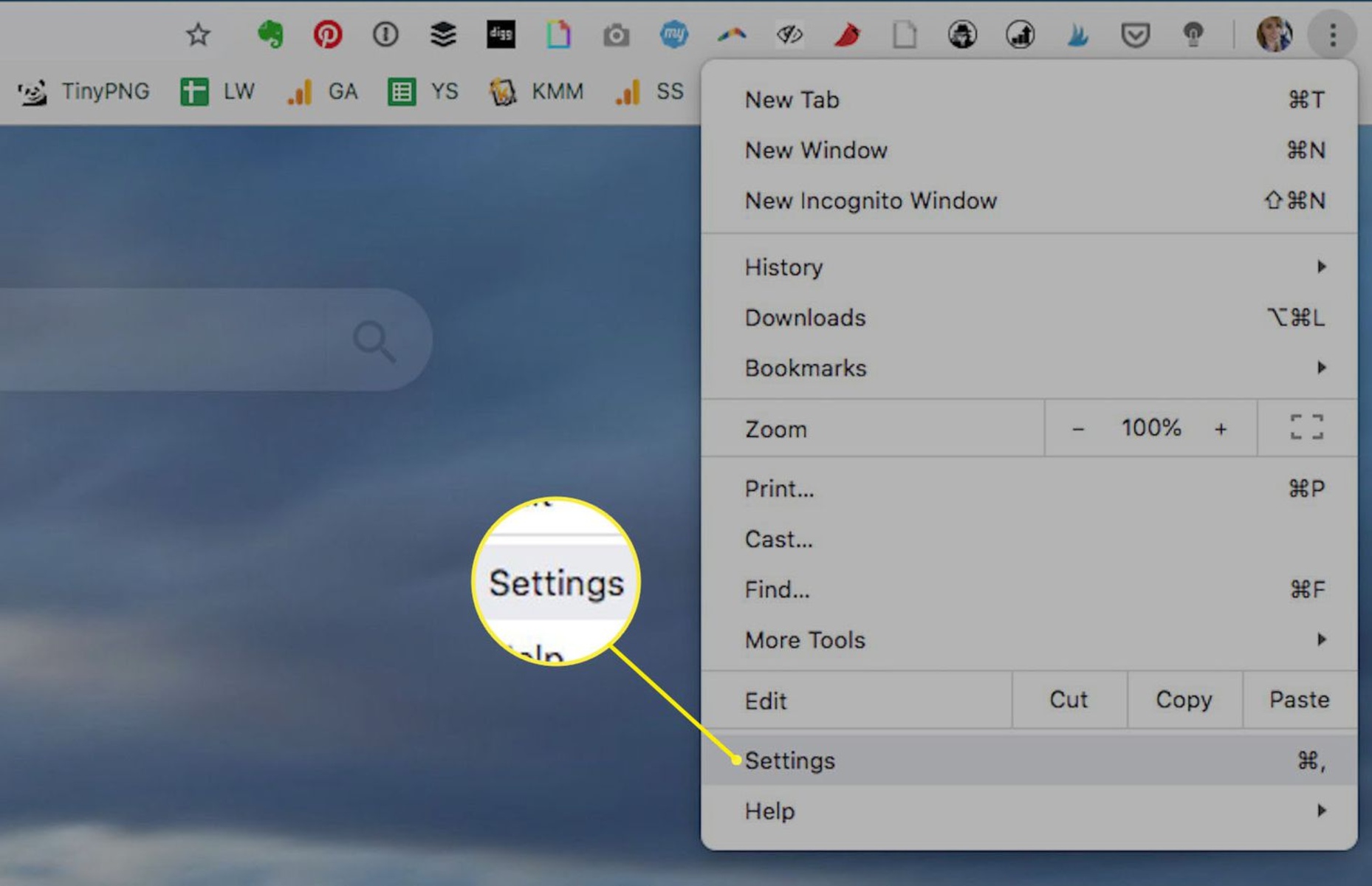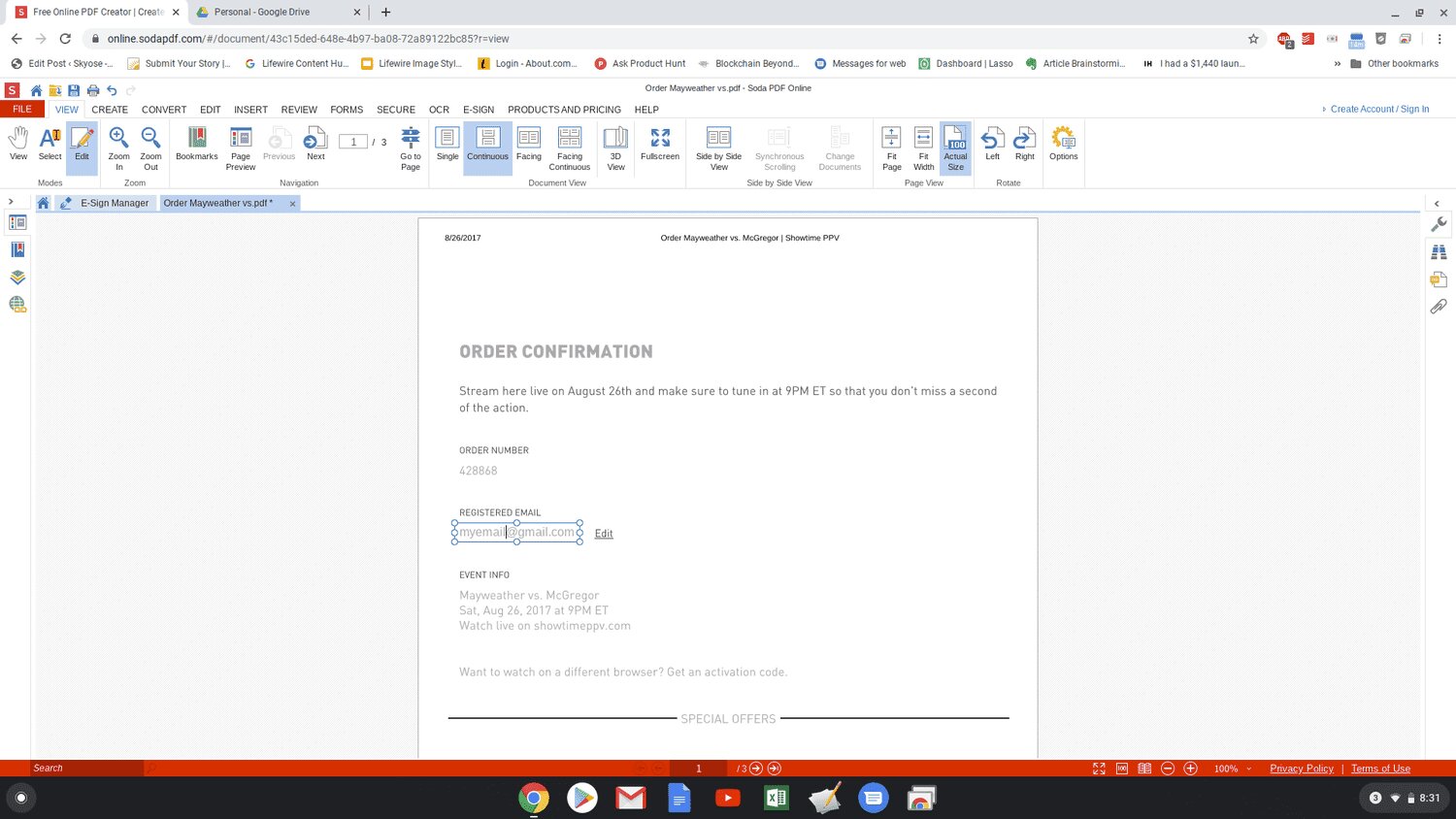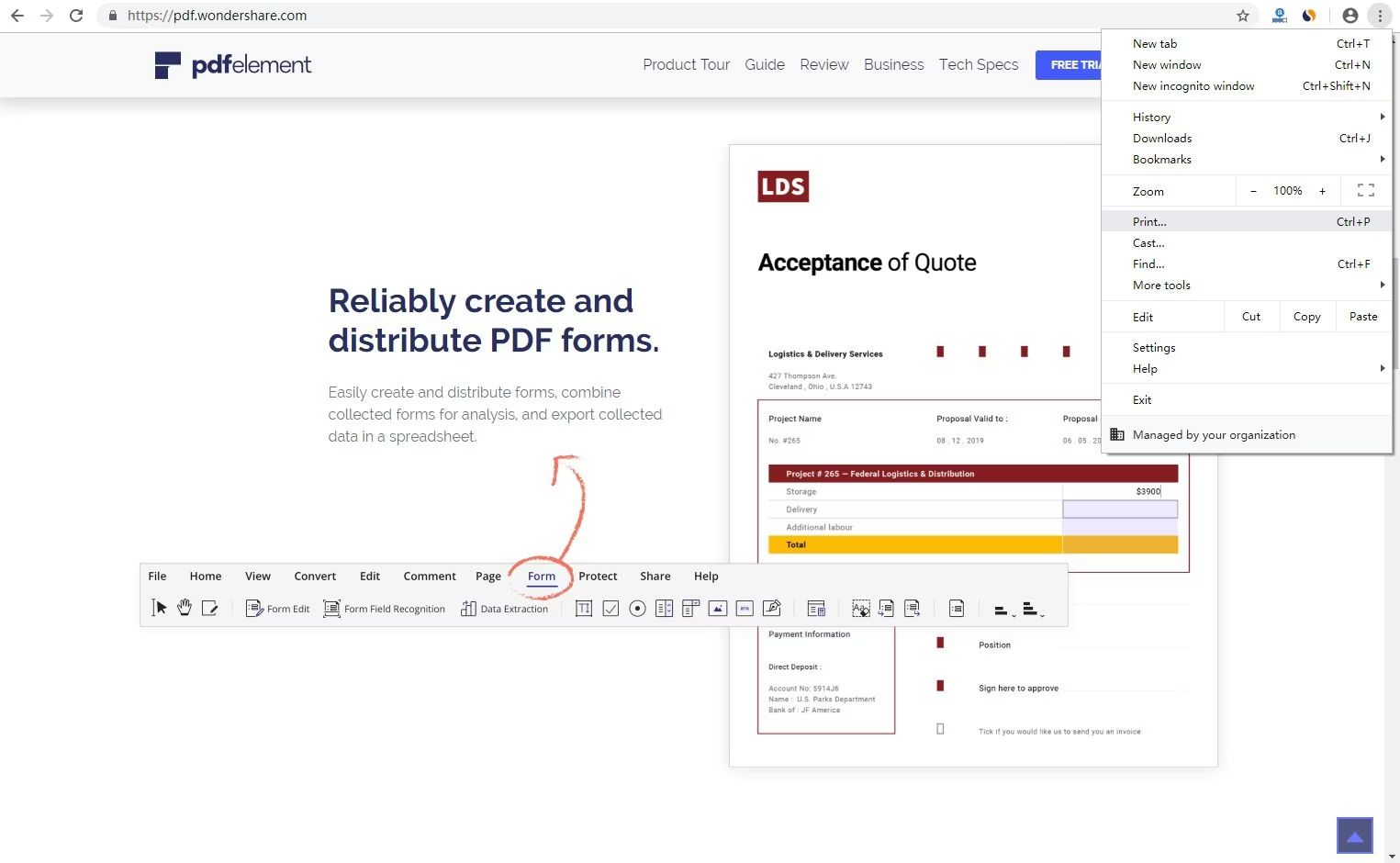Introduction
PDFs, or Portable Document Format files, have become a ubiquitous part of our digital lives. They are widely used for sharing and viewing documents, forms, and other content in a consistent and secure manner. However, one common frustration that many users encounter is the automatic opening of PDFs in their web browsers. This can be inconvenient and disruptive, especially when you prefer to download the file or open it in a dedicated PDF viewer.
In this article, we will delve into the reasons why PDFs often open in web browsers by default, the potential risks associated with this behavior, and most importantly, how to prevent PDFs from automatically opening in your browser. Whether you're a casual internet user, a professional navigating work-related documents, or a student accessing study materials, understanding how to control the way PDFs are handled by your browser can significantly enhance your digital experience.
So, let's embark on this journey to gain a deeper understanding of PDF behavior in web browsers and equip ourselves with the knowledge to take charge of our PDF viewing preferences.
Why PDFs Open in Browser
PDFs often open in web browsers by default due to the built-in functionality of modern browsers to handle various types of content, including PDF files. This behavior is a result of browser plugins or built-in PDF viewers that enable seamless viewing of PDFs without the need for external software. When you click on a link to a PDF file, the browser's default action is to display the PDF within the browser window itself, providing a quick and convenient way to access the content.
The integration of PDF viewing capabilities directly into web browsers is intended to streamline the user experience, eliminating the need to download the file and open it in a separate application. This approach aligns with the goal of enhancing accessibility and reducing friction when accessing PDF content online.
Furthermore, the widespread adoption of HTML5 and the emergence of web standards for displaying PDFs have contributed to the seamless integration of PDF viewing within browsers. This has led to improved performance and security, as well as a consistent user experience across different devices and platforms.
Additionally, the default behavior of opening PDFs in browsers is often influenced by the settings and preferences of the operating system. For example, when a PDF viewer application is not installed or configured as the default handler for PDF files, the browser assumes the responsibility of displaying the PDF content.
It's important to note that the automatic opening of PDFs in browsers is a convenience feature that aims to simplify the process of accessing and viewing PDF documents. However, this default behavior may not align with the preferences or workflow of every user, prompting the need to explore options for customizing the handling of PDF files in web browsers.
Understanding the underlying reasons why PDFs open in browsers lays the groundwork for exploring alternative methods to control the handling of PDF files, empowering users to tailor their digital experience according to their specific needs and preferences.
Risks of Opening PDFs in Browser
Opening PDFs directly in a web browser can pose several risks and drawbacks that users should be aware of. While the convenience of instant access to PDF content may seem appealing, it's essential to consider the potential implications of this default behavior.
Security Vulnerabilities
When a PDF is opened in a browser, it becomes subject to the security vulnerabilities and exploits that can affect web browsers. PDF files can contain embedded scripts, links, and interactive elements that may pose a security risk if not handled properly. In some cases, malicious actors may exploit these vulnerabilities to execute harmful code or initiate unauthorized actions on the user's device. By opening PDFs in a browser, users expose themselves to these potential security threats, especially if the browser or its plugins are not up to date with the latest security patches.
Limited Functionality
Browsers may offer basic functionality for viewing PDFs, but they often lack the comprehensive features and tools available in dedicated PDF viewer applications. When a PDF is opened in a browser, users may miss out on advanced capabilities such as annotation, form filling, digital signatures, and document manipulation. This limitation can hinder productivity and collaboration, particularly in professional settings where detailed interaction with PDF content is essential.
Privacy Concerns
Opening PDFs in a browser can raise privacy concerns, especially when the browser's default settings enable the collection of user data and browsing behavior. Some browsers may track and store information about the PDFs accessed, potentially compromising user privacy. Additionally, the integration of PDF viewing within the browser's ecosystem may lead to unintended data sharing or exposure of sensitive information to third-party services.
Compatibility Issues
Not all PDF files are optimized for viewing within web browsers. Complex layouts, interactive elements, or advanced features within PDFs may not render correctly or function as intended when opened in a browser. This can result in a subpar viewing experience and may necessitate the use of a dedicated PDF viewer to fully appreciate the content.
Performance Impact
Opening large or complex PDFs in a browser can impact the overall performance of the browser, especially on devices with limited resources. Rendering and handling PDF content within the browser window may consume significant memory and processing power, potentially leading to sluggishness or unresponsiveness.
By understanding the risks associated with opening PDFs in a browser, users can make informed decisions about how they prefer to interact with PDF content, taking into account security, functionality, privacy, compatibility, and performance considerations.
How to Stop PDFs from Opening in Browser
Adjust Browser Settings
-
Google Chrome:
- In Chrome, type "chrome://settings/content/pdfDocuments" into the address bar and press Enter.
- Toggle off the option "Download PDF files instead of automatically opening them in Chrome."
-
Mozilla Firefox:
- Open Firefox and type "about:preferences" in the address bar.
- Scroll down to the "Applications" section and find "Portable Document Format (PDF)."
- Choose the option "Save File" to download PDFs instead of opening them in the browser.
-
Microsoft Edge:
- Launch Microsoft Edge and click on the three-dot menu in the top-right corner.
- Select "Settings" and navigate to the "Cookies and site permissions" section.
- Click on "PDF documents" and switch the toggle to "Off" to prevent PDFs from opening in the browser.
Use Browser Extensions
-
Adobe Acrobat Extension:
- Install the Adobe Acrobat extension for your browser, which provides advanced PDF handling options.
- Once installed, the extension allows you to control how PDFs are handled, including the choice to download them instead of opening in the browser.
-
PDF Viewer Extension:
- Look for browser extensions specifically designed to manage PDF handling.
- These extensions often offer customizable settings to ensure PDFs are downloaded or opened in an external viewer.
Utilize PDF Viewer Applications
-
Adobe Acrobat Reader:
- Download and install Adobe Acrobat Reader, a dedicated PDF viewer application.
- Set Adobe Acrobat Reader as the default application for opening PDF files on your computer, ensuring that PDFs are not automatically directed to the browser.
-
Alternative PDF Viewers:
- Explore alternative PDF viewer applications such as Foxit Reader, Sumatra PDF, or Nitro PDF Reader.
- After installing a preferred PDF viewer, configure it as the default application for handling PDF files to bypass browser-based viewing.
Adjust Operating System Settings
-
Windows:
- Access the "Default apps" settings in Windows and navigate to the "Choose default apps by file type" option.
- Locate the .pdf file type and set your preferred PDF viewer as the default app for opening PDFs.
-
MacOS:
- Right-click on a PDF file and select "Get Info."
- In the "Open with" section, choose a PDF viewer application and click "Change All" to set it as the default for opening PDFs.
By implementing these methods, users can regain control over how PDFs are handled in web browsers, ensuring a tailored and secure approach to accessing and managing PDF content.
Conclusion
In conclusion, the ability to control how PDFs are handled in web browsers empowers users to customize their digital experience according to their preferences and requirements. By understanding the reasons behind the default behavior of opening PDFs in browsers, users can make informed decisions about alternative methods for managing PDF content.
The risks associated with opening PDFs in browsers, including security vulnerabilities, limited functionality, privacy concerns, compatibility issues, and performance impact, underscore the importance of exploring options to mitigate these potential drawbacks. Users are encouraged to consider their specific needs and prioritize security, functionality, and privacy when determining the most suitable approach for handling PDF files.
The methods outlined for stopping PDFs from opening in browsers offer practical solutions that cater to diverse user preferences. Adjusting browser settings, utilizing browser extensions, leveraging dedicated PDF viewer applications, and adjusting operating system settings provide users with a range of options to tailor their PDF viewing experience.
By adjusting browser settings, users can directly control whether PDFs are opened in the browser or downloaded for external viewing. Installing browser extensions, such as the Adobe Acrobat extension or PDF viewer extensions, offers additional flexibility in managing PDF handling preferences. Leveraging dedicated PDF viewer applications, such as Adobe Acrobat Reader or alternative PDF viewers, ensures comprehensive functionality and security when interacting with PDF content. Additionally, adjusting operating system settings allows users to set their preferred PDF viewer as the default application for opening PDFs, bypassing browser-based viewing.
Ultimately, the ability to stop PDFs from opening in browsers not only addresses the potential risks and limitations associated with browser-based PDF viewing but also enhances user control and flexibility. Whether for personal, professional, or educational purposes, the ability to tailor the handling of PDFs in web browsers contributes to a more secure, efficient, and personalized digital experience.
By implementing the recommended methods and understanding the implications of PDF handling in web browsers, users can navigate the digital landscape with confidence, ensuring that their interaction with PDF content aligns with their individual preferences and priorities.







